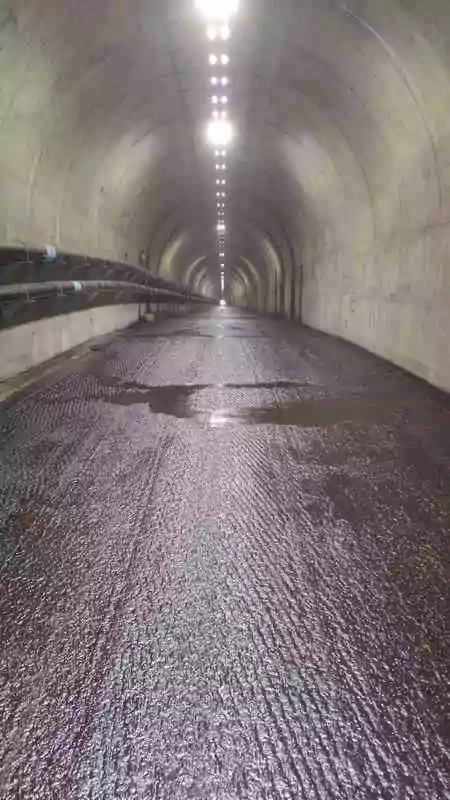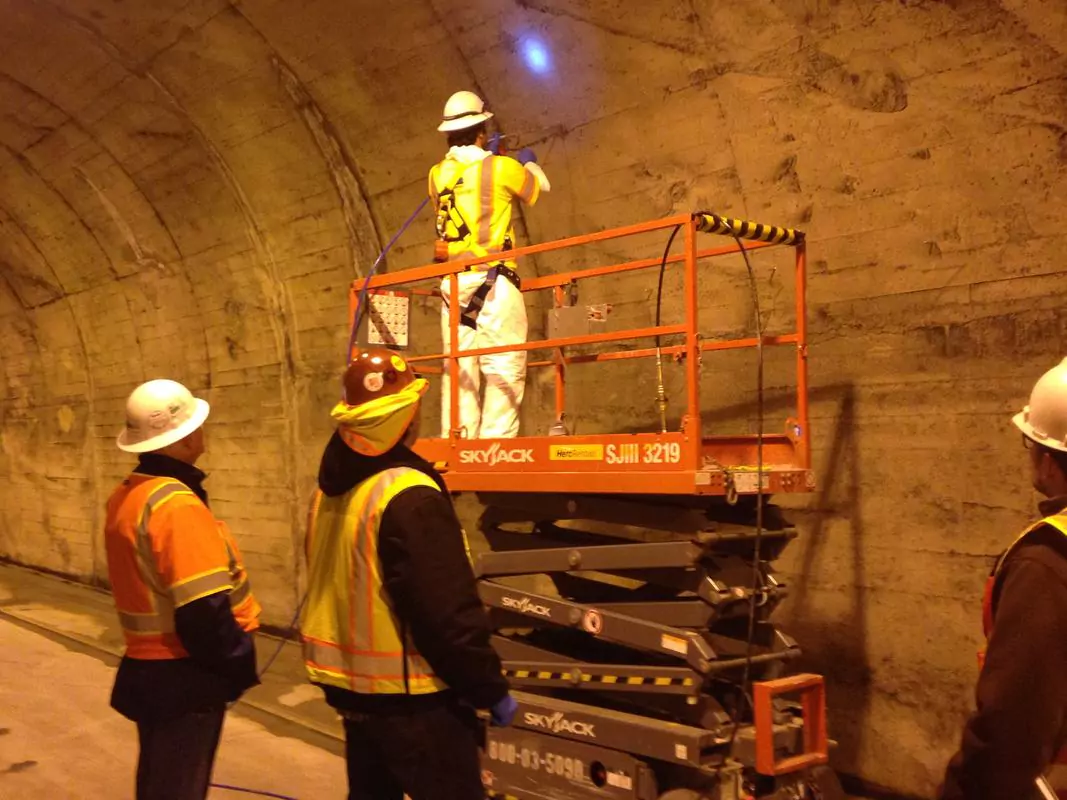
Washed out
Clearance inside the tunnel is restricted at just 5 m high and 6 m wide as it was built for use by military vehicles and equipment. Nowadays a single highway lane and cycle lanes are accommodated, with motor vehicles controlled by traffic lights at each end. But the ageing facility was increasingly suffering water ingress, leading it to be known locally as the ‘car wash’ and putting the safety of its users at risk.
The tunnel is managed by the Federal Highway Administration on behalf of the owner, the National Park Service, and at tender phase a repair plan was put forward to seal the leaky lining, upgrade the tunnel lighting and replace the utilities within it.
